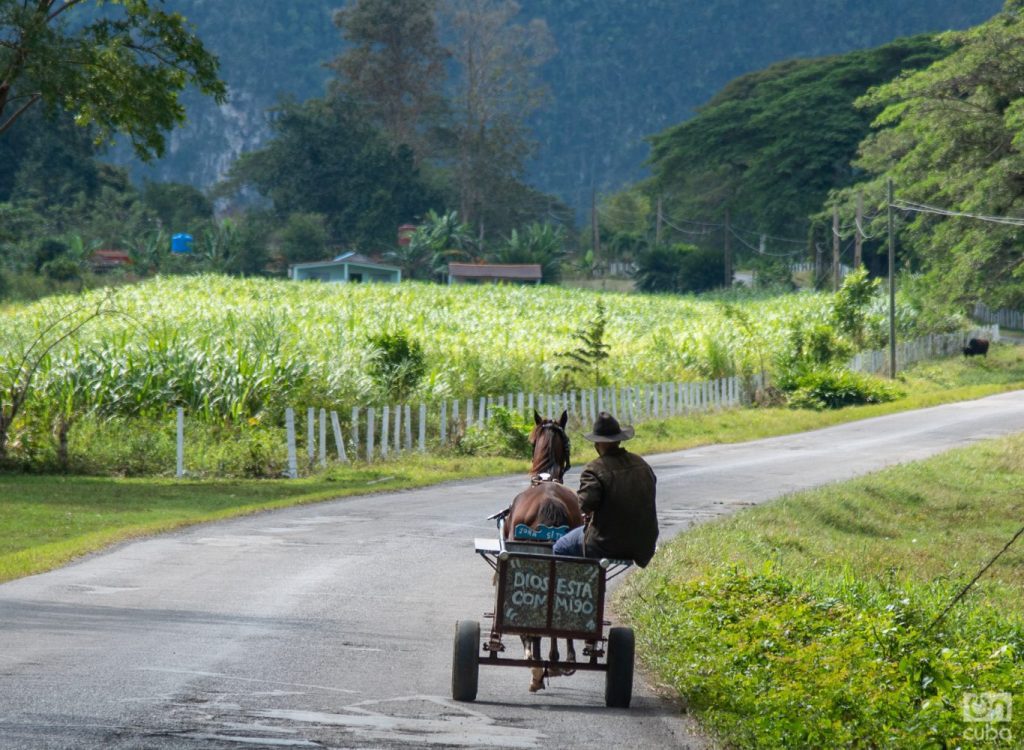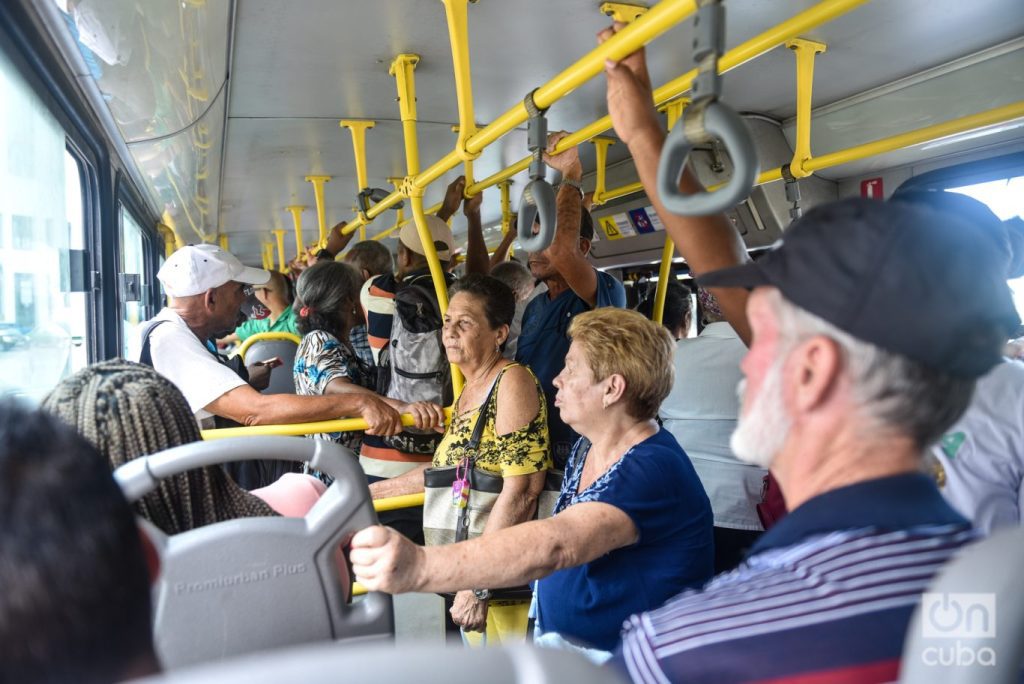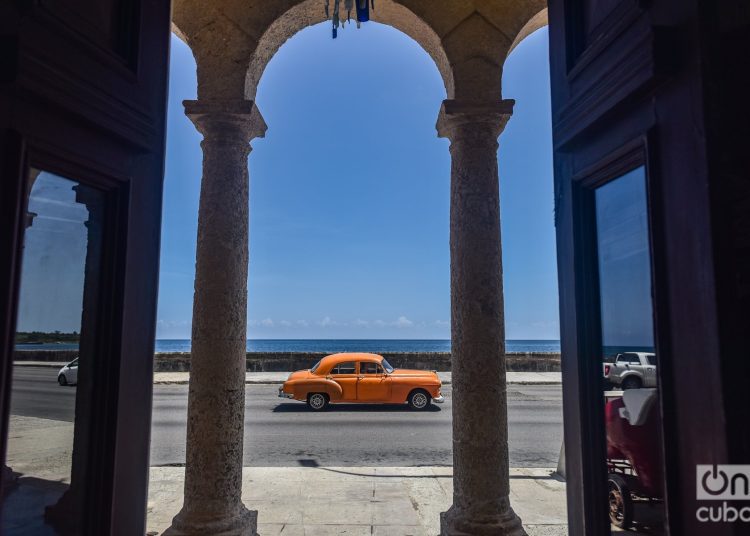In September 2019 I published an article in which I made a proposal on economic measures that should be taken in the coming years. With great satisfaction I have reread it again and I verify that some of those proposals from four years ago were implemented, although some time later.
The current economic situation is even worse than in 2019, due to very complex known causes, but the population expects tangible and quick results. At least it is essential that agriculture and manufacturing industry stop declining and structural imbalances improve.
At the moment there is a lack of information about the previewed plans, as well as the steps that are being followed in what the Cuban authorities have called “Macroeconomic Stabilization,” with which the year began. The positive results of that program are not clearly perceived today.
Inflation is high; the food shortage is having a big impact: agricultural production essential to national life decreases every year, in basic products such as pork, sugar, coffee, beans, fresh milk, rice, etc.; there is still a certain deficit in electricity production and fuel supply.
Many Cuban economists, inside and outside the country, have proposed their ideas based on what they have learned. Logically, policymakers must also propose their ideas, but as we have said on other occasions, it is up to them not only to analyze but also to implement and time is of the essence in Cuba.
There are already very obvious signs of social fatigue, and the medicine for these ills cannot be the escape valve that external emigration constitutes; or the transition of workers from key sectors such as health and education to the new emerging sector of MSMEs that are playing an important role in offering goods and services that are in short supply.

The agreements that are made in so many meetings must be concretized. Exhortations and slogans were an essential part of a past time, but the current context is different.
What are the indicators for 2022 that indicate the urgent need to accelerate the pace?
- A GDP in 2022 that grows only 1.8% in general, but agriculture decreases by 5.3%, and industry by 6%.
- A fiscal deficit of 11.1% in relation to GDP.
- A year-on-year variation in the consumer price index of 39.1%. High inflation.
- An opening rate of the economy at current prices of 88.8%.
- An external trade deficit not only in goods but also in services.
- External debts growing due to interest and without short-term amortization.
Socially, the pressures on the population are increasing and the indicators that placed Cuba as a country with average development have deteriorated.
- Births decrease. The birth rate in 2022 was -2.1% per thousand inhabitants. This indicator compromises the workforce in the future, which will also be influenced by the external migration balance, which remains negative.
- The infant mortality rate is 7.5 per thousand live births.
- Health personnel are decreasing, especially doctors, there is a lack of essential medicines and medical equipment, while the physical infrastructure of hospitals and health centers in general has deteriorated significantly.
- The education system shows the same signs of wear: lack of personnel, resources and infrastructure.
In the last three years, the Cuban authorities have proposed hundreds of measures to revive the country.
The results are not perceived, which leaves the question of whether this is because measures were applied with little impact or because they are not implemented properly. What is its sign? The so-called liberation of productive forces or the strengthening of control or centralization? The result is unequivocal: the production of goods and services that impact the well-being of the population does not increase.

After four years, I once again propose an updated decalogue — this time with nine proposals — that takes into account the serious differences with the context of 2019. These recommendations could give oxygen to the population and stimulate productive forces:
1 After the approval of MSMEs, and when more than 8,700 have already been approved, the issues that limit them today could be analyzed in depth, such as, for example, access to foreign currency at appropriate rates for the purchase of inputs abroad, either for those that are dedicated to marketing or for those that require these inputs for national production. The prohibition on professions and trades such as architects, civil engineers, travel agents, among others that can be essential in sectors such as construction and tourism, from being able to practice their professions independently should also be eliminated.
2 Create special economic zones for purchases by Cuban citizens in the national territory with acceptable profit rates, for example, 30% of the cost of the merchandise purchased, not the 240 or 300 percent that Cuban state stores have predetermined. Since the country lacks foreign currency, this market could operate in foreign currency. But the State wins, not loses, and the population improves its purchasing power, strongly impacted by inflation. It is not understood how other countries benefit from the internal Cuban economic situation and the Cuban authorities are only dedicated to controlling, instead of being proactive. Haiti, Isla Margarita in Venezuela, Cancun, the Colon Free Zone in Panama and even Miami, take away the foreign currency of Cubans who make import purchases in those places, due to lack of supply in the country.
3 A true Enterprise Law must be approved that covers all forms of ownership. Despite stated intentions, the highly anticipated new law has been delayed longer than it should have. The current state of the economy requires a new speed in making certain regulations or laws. One of the issues that must be defined is how long unprofitable state enterprises are subsidized so that the bankruptcy of these enterprises can materialize and measures are taken such as making them transition to other forms of ownership, even to form cooperatives with the same workers.
4 Idle, or closed, or decapitalized state assets could be given in usufruct or with a defined period of 20 or 30 to Cuban private entrepreneurs or their own workers, including sugar mills that have not been milled for many years to produce sugar and/or cane derives. As well as seeking the creation of communal institutions privately, financed by local governments, especially in small municipalities and not in large cities.
5 Reconsider the institutional structure of the country, where the Enterprises and Basic Business Units (UEB) do not function and the Higher Business Management Organizations (OSDE) are super ministries. Flatten the structures, that is, enterprises and ministries, and move some enterprises from the central level, to local governments.
6 Improve the attraction for foreign businesspeople to invest in Cuba. To achieve this, concrete actions must be taken, such as eliminating the employing agency for foreign entities and allowing direct hiring. Taxes on the salaries earned by hired workers must be collected by the Tax Agency. That is one of the first concerns of foreign investors already based in the country.
7 There must be greater proactivity in the search for external capital from Cuban individuals or families residing abroad. A law is not enough, and the Cuban authorities know that. Just as exhibitions are held to announce portfolios of investment opportunities for foreign entities, actions could be carried out through the office of Cubans residing abroad of the Ministry of Foreign Affairs, so that they become interested in the Cuban market.
8There should be a policy to attract international microcredit entities that have been interested in the Cuban market for many years. Even from the United States.
9 Abandon the habit of regularly capping prices and doing so only when concrete results are specifically sought. In the medium term it is harmful. The population benefits momentarily but then prices rise again, because the market adjusts due to other variables. To achieve lowering prices, policies that bring an increase in supply and concurrence/competition must be prioritized. The country’s economy is not run like a store. It is up to the State to concentrate on the strategic.
These are not the only possible measures that should be studied, they are only references of what could be done. Other institutions, academics, or officials could present other initiatives, but I consider that these have a key role in reversing existing imbalances.
If we continue at the current pace, without profound changes, it is difficult to reach 2030 with the objectives that have been proposed.
The international panorama does not help Cuba and that is known; the blockade remains intact and puts increasing pressure on the economy; the loans are non-existent and become more complicated as Cuban debts increase; there is a marked volatility in prices of primary products, etc.
But the country does not have the type of economy to try to change that international environment. All that remains is to concentrate on modifying the internal.
We must carefully study the Vietnamese model; in which many went from simple self-employed workers in the 1990s to being transnational investors today. It is good to know the life stories of many businesspeople in that country that was in ruin just over 30 years ago and today is a very dynamic country in Southeast Asia, with a political model similar to that of Cuba.

There is still a lack of knowledge that money is nothing more than a medium of exchange and that the true stimulus is what can be done with it.
No juggling of prices will get the country out of the imbalance between supply and demand. If someone has believed they see in that statement a sample of “ignorance,” then they should explain precisely what the “knowledge” could have consisted of that allowed economic rationality to be given to the idea of putting together a salary increase package in general, without having previously or at the same time granted a countermeasure that included an increase in national or imported supply. What should be asked is whether it could not be foreseen that inflation was going to skyrocket and the informal peso-dollar exchange rate was going to increase?
A colleague and friend, Pedro Monreal, in his blog El Estado como tal, published this sentence on September 5: “As far as it is possible to observe, the official measures today represent an attempt to expand the state comfort zone, combining an eventual flexibility with state control, price caps, state ownership of land and a brake on national capital.”
In conclusion, an attempt is made to avoid the comprehensive reform that the country needs because the introduction of more markets in the economy, which could give a great boost, is perceived as a setback does not have to indicate that a pro-capitalist reform is being carried out.
Let’s look at the future and we will see the economic results. If the same thing continues, in 2024 we will be the same as in 2023, and the same as in 2022 and so on, we will continue with a decline in economic and social indicators of more than five years.











People (and nations) change when the pain of changing becomes less than the pain of staying the same.